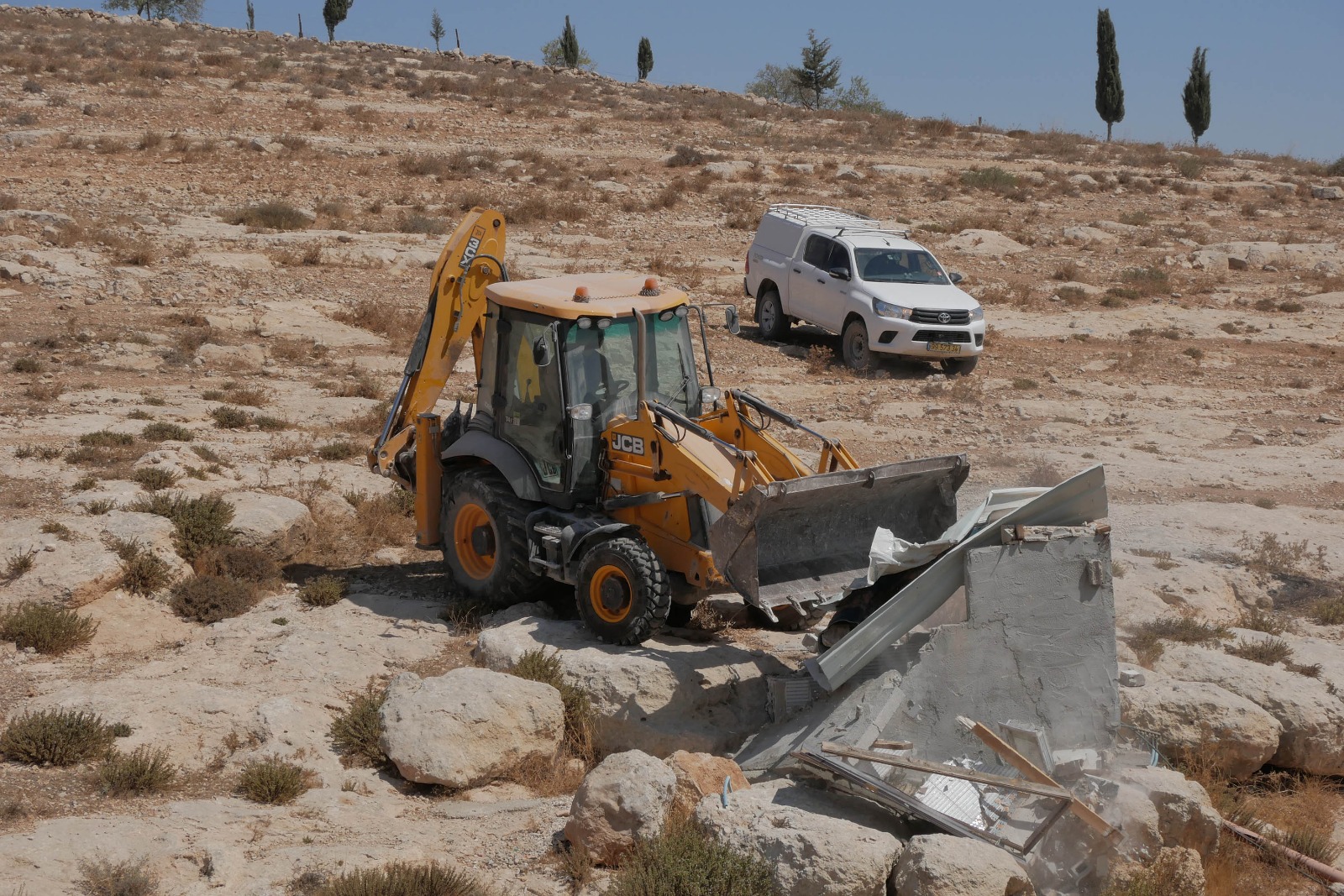Tag: Settlement
-
Al Shoroq: The activist farmers resisting Israeli annexation in Beit Ummar
August 20 | International Solidarity Movement | Beit Ummar, Occupied Palestine Beit Ummar is an agricultural town and farming community just north of Hebron, with a populace of about 17,000. Al Shoroq, a Palestinian led group comprised of local activists based in the region since 2013 founded by longstanding committee members, work with…
-
Water Series: Hail of tear gas on peaceful villagers protesting settler theft of water supply in Kafr Malik
August 16 | International Solidarity Movement | Kafr Malik, Ramallah, occupied Palestine This is the third of a series of reports documenting the control and devastation of water sources by Israel as a tool of oppression. The residents of Kafr Malik, a town northeast of Ramallah, marched towards the Ain Samia area today…



